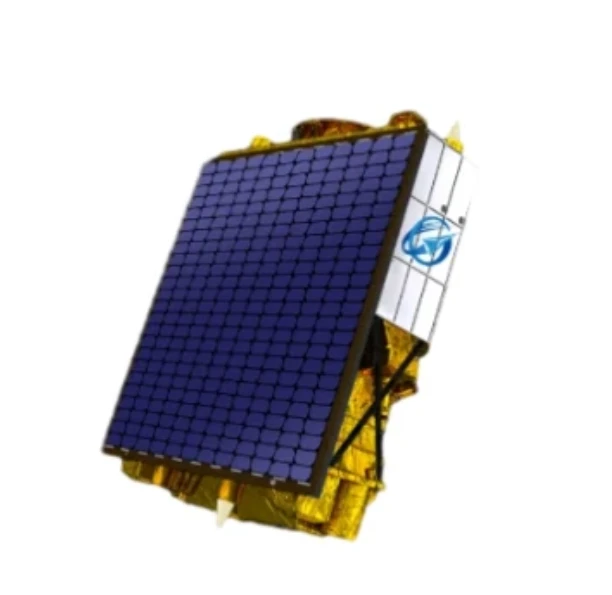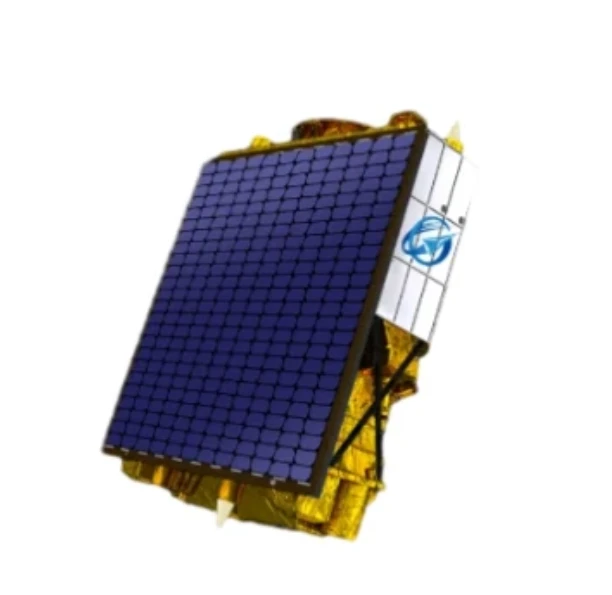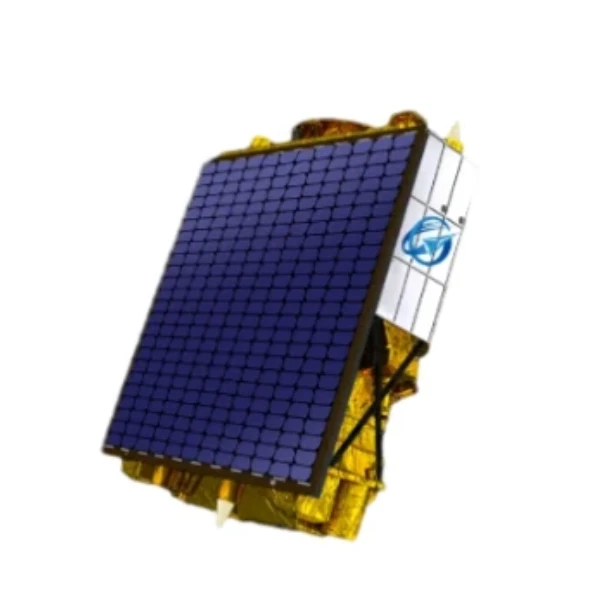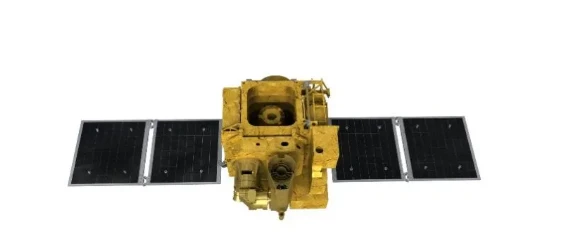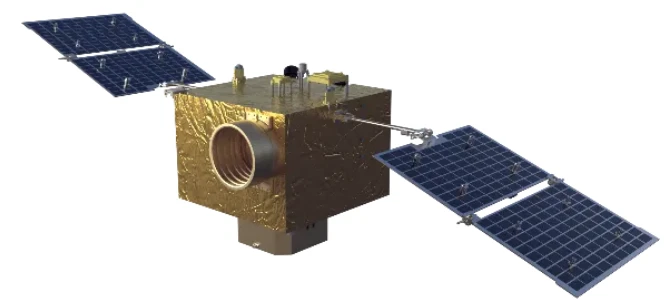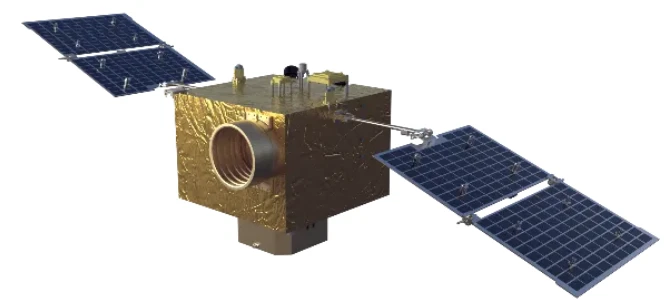
- Afrikaans
- Albanian
- Amharic
- Arabic
- Armenian
- Azerbaijani
- Basque
- Belarusian
- Bengali
- Bosnian
- Bulgarian
- Catalan
- Cebuano
- China
- Corsican
- Croatian
- Czech
- Danish
- Dutch
- English
- Esperanto
- Estonian
- Finnish
- French
- Frisian
- Galician
- Georgian
- German
- Greek
- Gujarati
- Haitian Creole
- hausa
- hawaiian
- Hebrew
- Hindi
- Miao
- Hungarian
- Icelandic
- igbo
- Indonesian
- irish
- Italian
- Japanese
- Javanese
- Kannada
- kazakh
- Khmer
- Rwandese
- Korean
- Kurdish
- Kyrgyz
- Lao
- Latin
- Latvian
- Lithuanian
- Luxembourgish
- Macedonian
- Malgashi
- Malay
- Malayalam
- Maltese
- Maori
- Marathi
- Mongolian
- Myanmar
- Nepali
- Norwegian
- Norwegian
- Occitan
- Pashto
- Persian
- Polish
- Portuguese
- Punjabi
- Romanian
- Russian
- Samoan
- Scottish Gaelic
- Serbian
- Sesotho
- Shona
- Sindhi
- Sinhala
- Slovak
- Slovenian
- Somali
- Spanish
- Sundanese
- Swahili
- Swedish
- Tagalog
- Tajik
- Tamil
- Tatar
- Telugu
- Thai
- Turkish
- Turkmen
- Ukrainian
- Urdu
- Uighur
- Uzbek
- Vietnamese
- Welsh
- Bantu
- Yiddish
- Yoruba
- Zulu
Interplanetary Connections: The Critical Role of Satellite Support Services in the Digital Age
In an age where seamless internet access is no longer a luxury but a necessity, satellite support services have emerged as the backbone of global digital communication. As more people shift away from traditional ground-based infrastructures and toward space-based internet, companies like Starlink are leading a new era of connectivity. Behind the scenes, it is highly specialized satellite support services that keep these constellations operational, precise, and accessible.
Starlink, operated by SpaceX, delivers high-speed internet through a growing constellation of low Earth orbit satellites. This network has been a game changer, especially for rural and underserved communities. Yet, the efficiency and reliability of Starlink would not be possible without robust satellite support services. These services encompass everything from satellite tracking, ground station operation, signal optimization, maintenance scheduling, software updates, and emergency response to anomalies in orbit.
Satellite support services ensure that users experience minimal downtime, strong connectivity, and dependable speeds regardless of their geographic location. As demand for space-based internet grows, these services are more critical than ever in building a sustainable, scalable digital infrastructure that reaches every corner of the Earth.
The Role of Satellite Support Services in Starlink’s Global Expansion
Starlink’s ambition to provide global coverage hinges on the efficiency and reach of satellite support services. With over 5,000 satellites already deployed and many more on the way, keeping track of their orbits, system health, and data traffic is a monumental task. This is where real-time analytics, orbital mechanics experts, and support software come into play.
These support services include managing ground control centers, configuring antennas for dynamic data routing, and deploying over-the-air updates to ensure hardware compatibility and cybersecurity. Ground stations require meticulous alignment and regular calibration to maintain strong data links with rapidly moving satellites. Data centers must be monitored around the clock to manage the sheer volume of traffic being routed through the network.
In addition, satellite support services are vital during launch and post-deployment phases. After a satellite is launched, ground teams track its insertion into orbit, validate telemetry signals, and integrate it into the existing mesh of satellites. Only with efficient support can this complex, fast-moving network provide seamless internet access to remote schools, businesses in the countryside, or mobile users at sea.
Why Reliable Satellite Support Services Matter for End Users
To the average Starlink customer, satellite support services may seem invisible—but they are deeply impactful. Without consistent satellite monitoring and system updates, latency would spike, connections would drop, and users would experience serious disruptions. These services are responsible for orchestrating thousands of handovers between satellites and terminals every day.
For business users, especially those operating in critical fields like telemedicine, disaster response, or logistics, a stable internet connection is life-saving. Satellite support services ensure that even in adverse conditions—like solar storms or natural disasters—communications remain intact.
Moreover, software optimization handled by support teams improves user terminal efficiency, antenna targeting, and data compression. These improvements directly enhance speed, stability, and user satisfaction, making satellite support services an essential part of the internet experience rather than a hidden background operation.
Support also extends to customer-facing tools such as mobile apps that display real-time signal strength, dish alignment assistance, or firmware upgrade notices. These functions, enabled by backend support services, empower users to manage their connections independently.
Satellite Support Services in Remote, Military, and Emergency Use Cases
One of the biggest advantages of Starlink and other LEO-based systems is their applicability in locations where terrestrial internet infrastructure is impossible or impractical. In these scenarios, satellite support services are mission-critical.
In remote environments—such as mining operations in the desert, research stations in the Arctic, or humanitarian projects in conflict zones—satellite internet is often the only link to the outside world. Support services ensure the uptime and stability of these links, performing predictive diagnostics and dispatching real-time configuration fixes.
Military and defense sectors are increasingly relying on Starlink-like systems for secure, mobile, and low-latency communications. These users depend on encrypted connections, rapid satellite switching, and high-resilience frameworks, all maintained through rigorous satellite support services.
Emergency response organizations also benefit significantly. During earthquakes, hurricanes, or power outages, satellite support services enable rapid deployment of communication infrastructure by coordinating portable ground terminals and rerouting bandwidth as needed. The agility and preparedness of support teams often determine how quickly essential communication lines can be restored.
The Future of Satellite Support Services in a Growing Starlink Ecosystem
As Starlink and similar networks expand their user base to airlines, cruise ships, and smart cities, the complexity of operations will multiply. Future-focused satellite support services will require integration with AI and machine learning to keep up with evolving demand.
Autonomous fault detection, predictive maintenance, and machine learning–based routing are becoming integral to the next generation of support services. These technologies help preempt service degradation, redistribute bandwidth more efficiently, and support a diverse ecosystem of users with minimal human intervention.
Moreover, sustainable support practices—such as monitoring for orbital debris, deorbiting end-of-life satellites, and optimizing energy consumption—are becoming part of the satellite support services mandate. The environmental aspect of satellite operations will require even closer collaboration between support teams, engineers, and policymakers.
As the number of satellites reaches tens of thousands, only the most adaptive and robust satellite support services will be able to maintain the levels of quality and reliability that users expect from premium providers like Starlink.
satellite support services FAQs
What are satellite support services in the context of Starlink?
Satellite support services include all the technical, operational, and logistical tasks required to maintain and optimize a satellite internet network like Starlink. This involves monitoring satellites in orbit, updating user terminal software, managing ground stations, tracking signal performance, and responding to emergencies or anomalies.
How do satellite support services affect my Starlink internet speed and reliability?
These services ensure that your Starlink dish maintains a strong connection with satellites overhead, that bandwidth is fairly allocated, and that your equipment is running the latest firmware. This results in consistent speed, lower latency, and fewer connection drops—especially in remote or moving locations.
Can I get support if I install Starlink in a remote area?
Yes, Starlink’s system is designed for remote installations, and satellite support services play a key role in this. Automated tools help with dish alignment and software updates, while backend teams ensure the nearest satellites and ground stations are optimized for your location. In case of complex issues, remote diagnostics and online customer support are available.
Are satellite support services involved during Starlink satellite launches?
Absolutely. Support teams track the launch, monitor each satellite’s journey into orbit, confirm its position, and integrate it into the existing network. They also ensure compatibility with ground systems and perform early-stage data routing tests to confirm the satellite is functioning properly before it’s made active for public use.
How will satellite support services evolve as Starlink adds more users and satellites?
As the network grows, satellite support services will incorporate more AI-driven analytics, real-time monitoring systems, and predictive maintenance tools. They’ll also need to scale globally, offering multilingual, location-specific support while maintaining performance and sustainability across the entire constellation.






